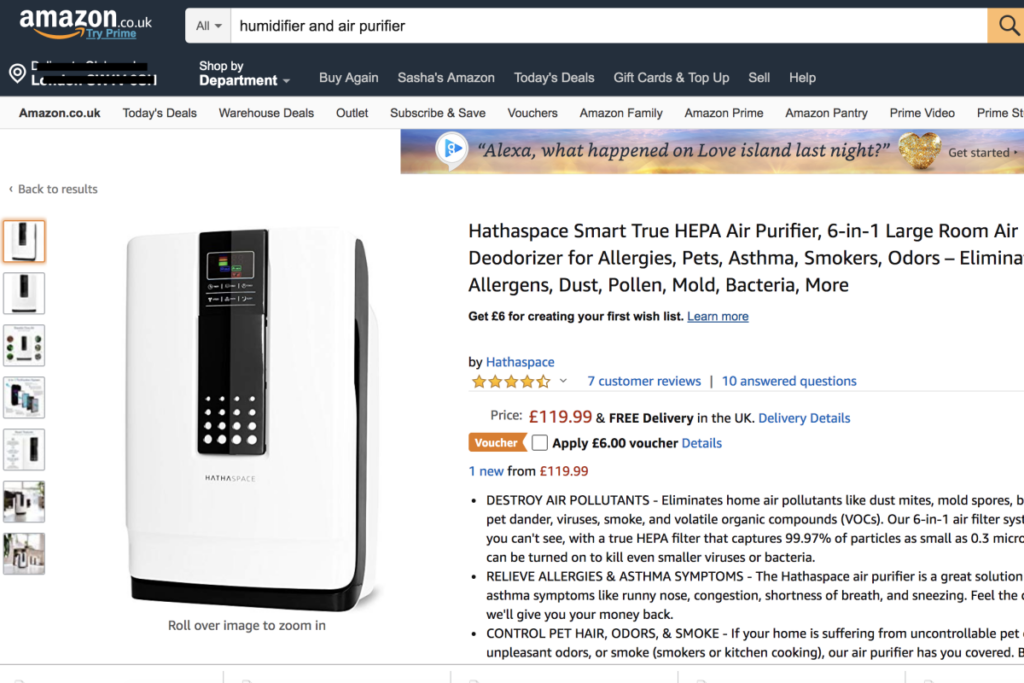Amazon solidifies their position as the dominant search engine for product discovery and purchase. Sellers need to take proactive measures to ensure healthy product rankings and Amazon SEO-rich detail pages to drive consumer conversion.
Given Amazon’s highly saturated and deeply competitive marketplace, it can seem difficult or even impossible to improve product rankings and visibility. To mitigate this challenge and help merchants navigate Amazon’s search algorithm, here are four key approaches to implementing and executing an effective Amazon SEO strategy.
This is a series of threee articles, also read Amazon SEO Top 5 visibility tips and Amazon SEO Third party tools.
Factors Related to Relevance
1. Product Title and Brand Name
According to The Amazon SEO Playbook by Feedvisor, Amazon titles should be approximately 60 characters long and should mimic what would be on the physical packaging of a product.
Amazon has put together a thorough product page style guides for sellers to follow, given that each product category requires a unique title structure. Here is the formula to follow:
- Apparel Title Format: [Brand] + [Department] + [Product Name] + [Size & Color] (for products with variations)
- Apparel Example: Adidas Women’s Supernova Tee Medium Pink
2. Backend Keywords
Amazon gives merchants the chance to add ‘hidden’ keywords to their product listings. Although not displayed, these keywords are beneficial for optimising sellers’ search results.
Amazon limits the length of these search term attributes to less than 250 bytes, a limit that applies to both newly registered and existing Amazon standard identification numbers (ASINs). This section is where merchants can include any keywords that did not naturally fit into the title or description, other high-ranking long tail keywords, variations, and even abbreviations that rank highly.
Optimising search terms
- Staying under the length limit. If sellers backend keywords exceed the 250 bytes limit, they will not be indexed by Amazon and their product will no longer be displayed for those keywords in Amazon’s search results.
- Including synonyms.
- Including spelling variations, but there is no need to include misspellings.
- Including abbreviations and alternate names.
- Sellers can use all lowercase characters.
- Separating words with spaces.
- Sellers should not include product identifiers such as ASINs, their brand name, or other brand names in the search terms field.
- Avoiding brief statements such as ‘new’ or ‘on sale now.’
- Merchants should not use subjective claims such as ‘best’ or ‘amazing.’
3. Product Bullet Points
The bullet points show up in an ‘about the product’ section and provide a quick snapshot overview of the product. Sellers should save that space for the most essential information that they want to convey, such as why their products may be better than a competitor’s option. Merchants should consider customer pain points and address how their product solves them in this space.
4. Product Description
Amazon’s search prioritises products that sell more. Sellers should aim to write a compelling description that leads to conversions rather than merely being informational.
The description is an ideal location to represent sellers’ brand story and mission, gain trust and establish credibility, call out target customers, and mention a scenario where their product would typically be used. Merchants should keep in mind that the descriptions should be limited to 2,000 characters to avoid losing the customer’s attention.
While standing out amidst a product selection that vast may seem daunting, sellers familiarising themselves, their team and their business with Amazon SEO best practices will be immensely beneficial to not only their sales performance but also their overall product rankings.
Amazon does not take sales ranking lightly and any attempt to manipulate sales rank is prohibited, so it is important to know how to navigate Amazon’s SEO and ranking system.
It is mission critical for sellers to optimise their Amazon product listings properly from the beginning. However, the work does not stop there. Ongoing analysis and content optimisations will be necessary to maintain healthy rankings and sales momentum over time.










